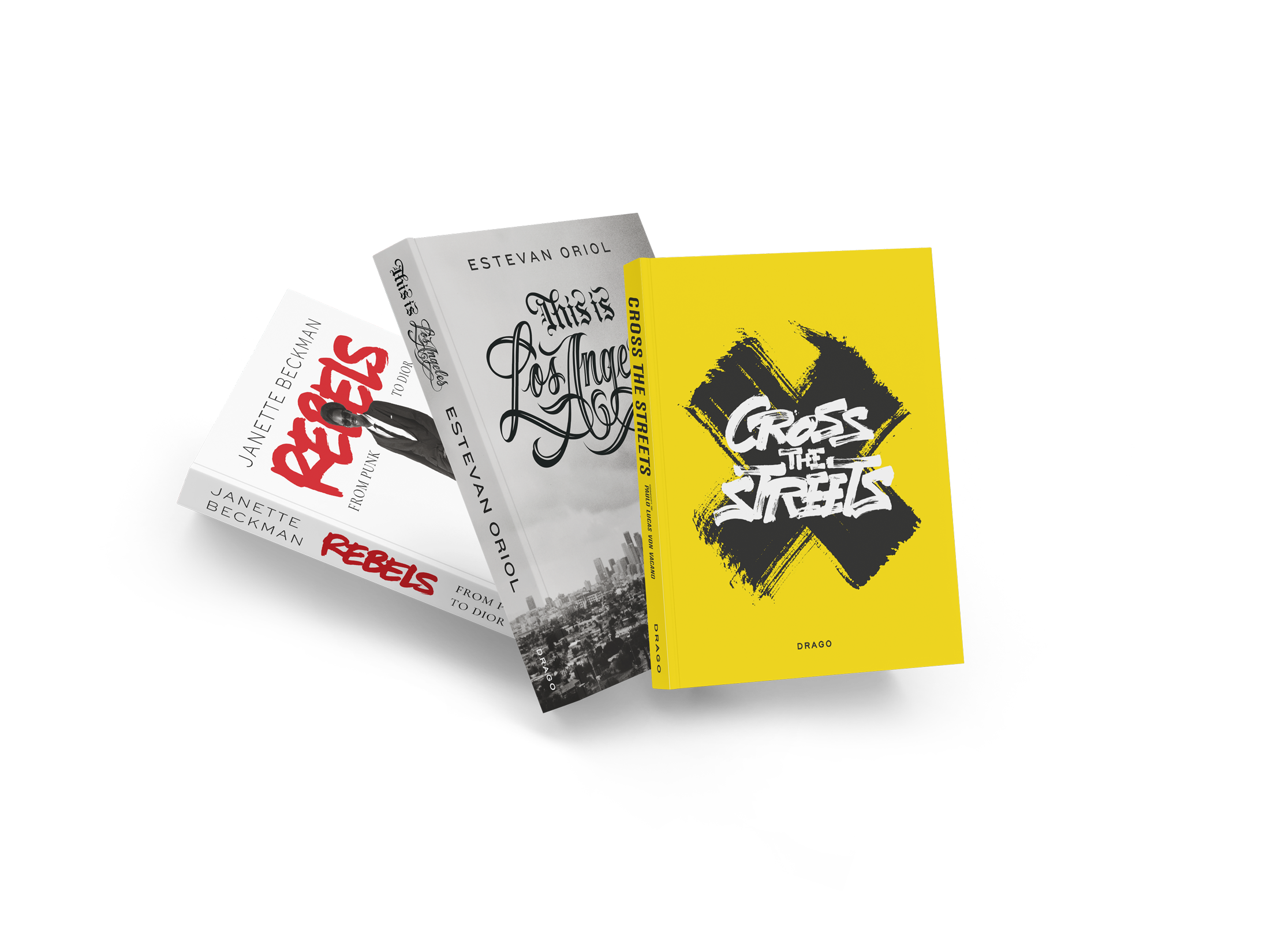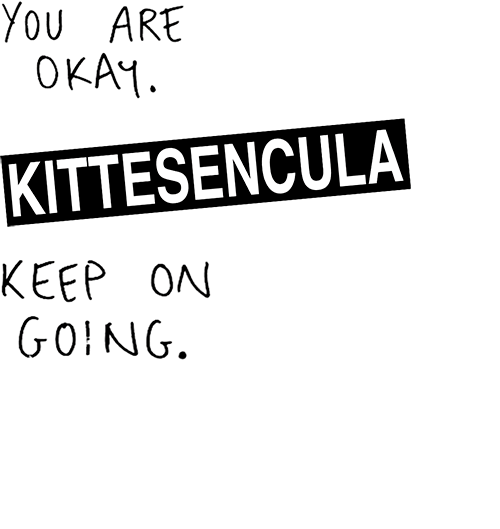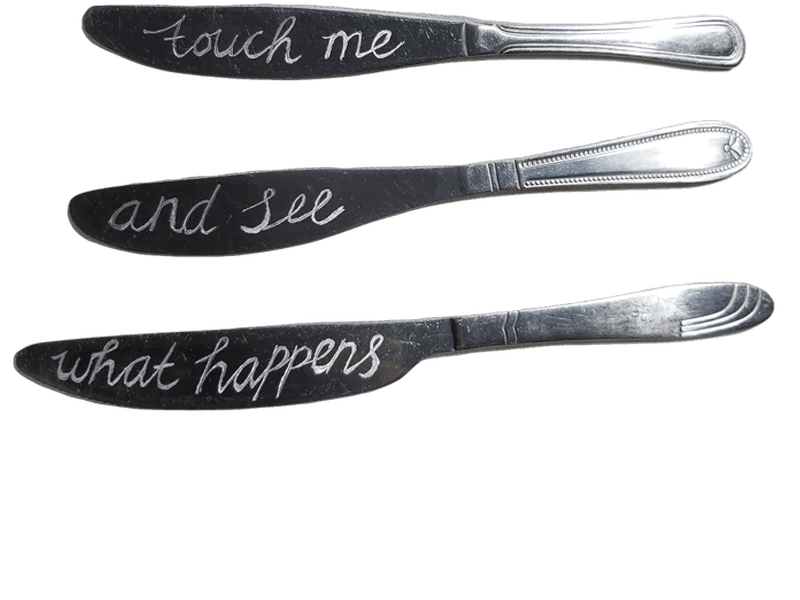
"Rome is above all an atmosphere, a light, a climate: a heavy air, heavy with arrogance and sloth, clear as much as is necessary to mature up to the psychological detail a form or action that rationally leads to a particular, Roman satisfaction of the spirit of the senses, diffused air of a pink powder that details the forms and actions and confuses in a unity that of history has the blood, the mud and the gold ". Nobody could say it better than Ludovico Quaroni. He, Roman by birth, urban planner and architect born in 1911, put his hands on Rome just when the city was in need of a post-war reconstruction. And after reading Immaginare Roma (1969), his book dedicated to the city of the heart, between words and photographs, today Rome 1968 arrives - a journey through the streets of the capital, to "grasp the southern mix of instances and perhaps of cultures different, in their age-old ability to tamper with dirt and carelessly erode the Beautiful and the Ancient as to know them in Rome ".
In 1968, in Rome, a shoemaker had his shop in the ravine; in front of the Trevi Fountain there was nothing of Fellini's style, but only two nuns arm in arm who watched eternity; at Vicolo dell'Acquedotto Felice, a ruin allowed the sky to be glimpsed while the Tiber rippled on its surface without waves. The Roman profile drawn by Quaroni's eyes is soft, nuanced, contradictory. The photography of Ludovico and Livio (nephew) dissolves in a contrast that does not dare to define itself: it leaves room for loneliness and imperfection and collides with the eternal and the Beautiful. Around this humble Roman table but in perennial dialogue, the city of Quaroni is a theater that does not forget to show its monumentality. The advertising strategies crash like modern screams on the cracked buildings of everyday life, while the FIAT logo is a reflection among the blasé shop windows facing the buildings. And then there is time. "In many shots you can feel the arrow of time", writes Pecoraro, "in what you see it is already clearly written how the contradiction that Quaroni's eye intentionally captures will be resolved - such as the provisional barracks along the railway line near of the Tiburtina station and immediately beyond, in the background, the limpid finish of the towers by Mario Ridolfi (of which Quaroni himself did not know whether to be admired or not, given the minimal vernacular elements they contain) - and almost pleased with the confirmation, inherent in the image, of his own porous conception of the city in general and of Rome in particular ". Between Franco Albini's Rinascente and EUR, in the middle, there is a people only apparently capable of remaining indifferent to the signs of the time.
Ludovico Quaroni



